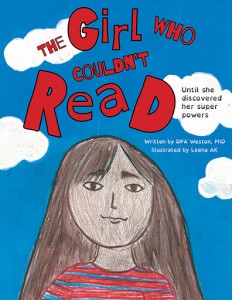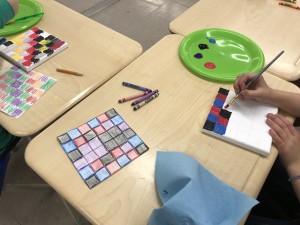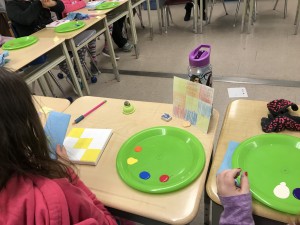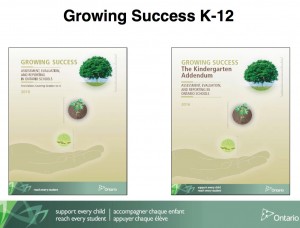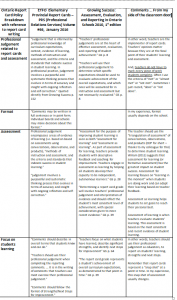I write this blog in response to watching a highly capable and talented, long-term occasional teacher worrying about taking time off to go to a medical appointment. She actually considered cancelling her appointment as she worried about taking too much time off school because she thought it would impact her chance for a full-time teacher contract. Supply teachers and long term occasional teachers are feeling the pressure of not taking time off to meet their self care and medical needs. And this is the place where all teachers are at.
In the past few years, school boards have started using teacher intervention truancy systems. These systems track how many days teachers take off for reasons such as being sick, attending medical/dental appointments, or taking time off to care for family.
When I started teaching 18 years ago, I had 20 sick days which could be “banked” and then “cashed out” at the end of my career. As a teacher, I did not want to take time off if I did not have to … as it is a lot of work to make day plans to be off. But, as a single parent at the time, if my children were ill, I had to take time off. Also note that I got sick too. As a teacher, I am on average exposed to many children … up to 100 a day (I counted).
Then, I few years ago, teachers’ 20 sick days were reduced to 11 sick days, plus family responsibility days. This meant that teachers could no longer “bank” sick days and received a reduced salary after the 11th sick day.
Children (i.e. viral conduits) are very good at transferring their illnesses to their parents and teachers. Over my 18 years of teaching I’ve contracted a plethora of infections including many bacterial and viral infections, skin infections, eye infections, Whopping Cough (twice), Norwalk virus (twice), many weeks of bronchitis, several bouts of flu including H1N1, and lots of colds. With my doctor’s insistence, in the spring of 2017, I ended up taking 12 days off from school due to my ongoing bronchitis.
Once my health was marginal enough for me to return to work, I did coughing away, sucking on cough drops, drinking tea with honey, and carrying a tissue box around to blow my nose. Hey, it was report card time – I needed to get back!
Recently, some Ontario school boards started tracking teachers’ absences. The “teacher intervention truancy systems” notes when teachers take more than 3 sick days off in a 3 month period. At this point, the teachers are sent letters documenting that they were being put on a program to track their absences … like they were not really sick and just needed to take a day off. Let me say again that it is a lot of work to planning for being away from the classroom.
In the “teacher intervention truancy systems”, teachers have to document their absences with notes to prove they were either really sick or really attending medical/dental appointments. Note that I have had to pay $20 out of my own pocket to document my sick days, for each appointment!. In addition, to make things more interesting, teachers in some schools were told not to take half days off as schools were finding it difficult to find supply teachers who would work only half days. This tells me boards have to hire more supply teachers!
Based on my observation, I believe that this “teacher intervention truancy system” is casting a wide net to catch some people who may be abusing sick days. But based on my own experience and that of my colleagues, I believe that, since teachers are subjected to so many children’s illnesses, the relative number of sick days are too few. Teachers need more sick days!
Based on my own health experience, I believe the “teacher intervention truancy systems” have impeded by ability to meet my own self care and medical needs – it has resulted in me having to choose between being sick or going to medical appointments. I believe that if I had taken the time I needed to rest, I would not have been off sick for so long, away from my students.
I wonder how new teachers are doing with the management of their self care, given their own family responsibilities and the care of their own health.
I find it ironic that school boards talk a lot about supporting employee health but their walk is not supporting employee health.
Collaboratively Yours,
Deb Weston
Downloadable Adaptable Emergency Lesson Plans
If you are even too sick to go to school and you have no day plans yet, I have attached a 5-day Emergency Lesson Plan that can be adapted to your classroom/grade level. Download it, change it, make it your own!
Generic Emergency Teacher Lesson Plans (1)
5 Day Plan Schedule Emerngency Lesson Plan.xls (1)
Any Read Aloud Book Graphic Organize
Note: The term “teacher intervention truancy systems” is my own acronym.


